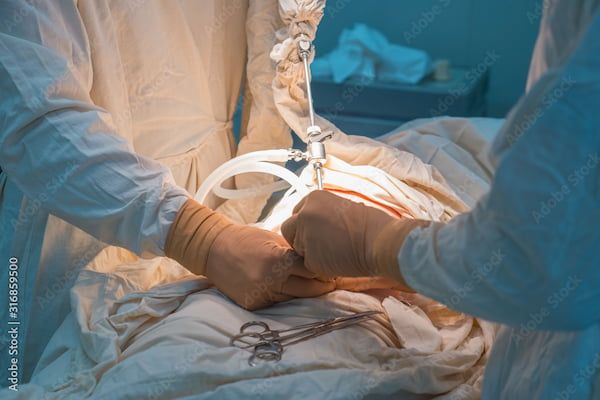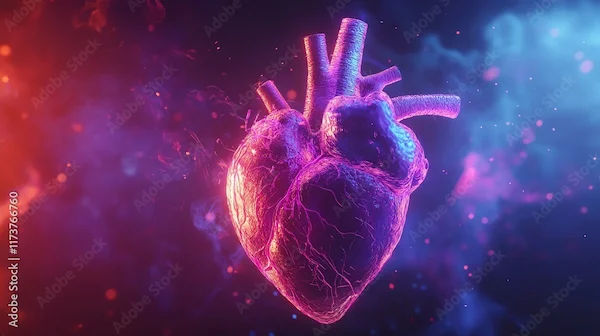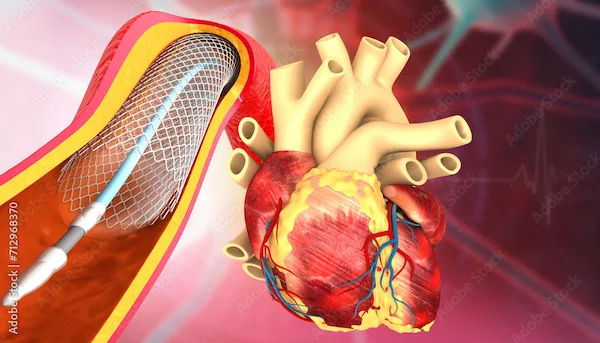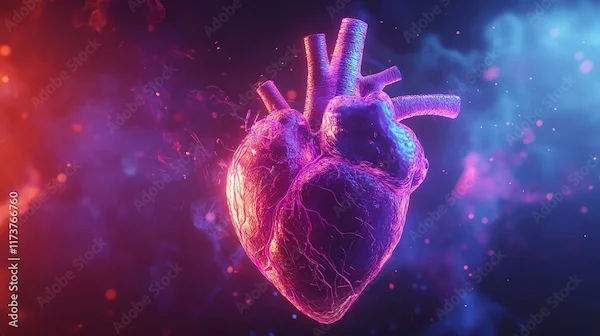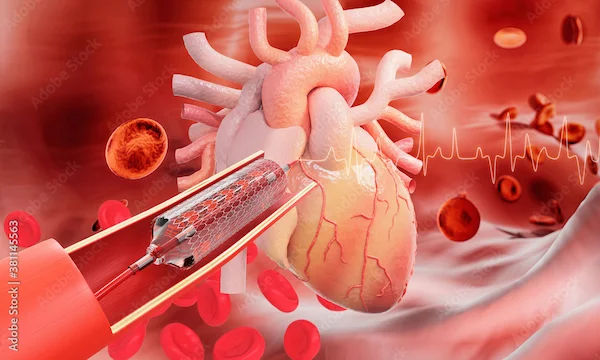Before And After Angioplasty
Understand what to expect before and after angioplasty, a common heart procedure. Learn about preparation, recovery tips, and how angioplasty supports heart health and improves quality of life.

Written by
Last updated on 7th Jul, 2025
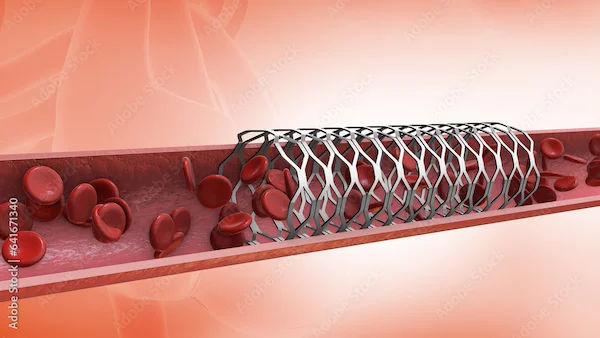
Introduction
If you or a loved one has been advised to undergo angioplasty, you might have questions about what to expect before, during, and after the procedure. Angioplasty is a common and effective treatment for blocked or narrowed arteries, helping restore blood flow to the heart. This article will guide you through the process, recovery, and lifestyle changes needed for a healthy heart post-angioplasty.
What is Angioplasty?
Angioplasty is a minimally invasive procedure used to open blocked or narrowed coronary arteries (blood vessels supplying the heart). A thin, flexible tube (catheter) with a small balloon at its tip is inserted into the blocked artery. The balloon is inflated to widen the artery, and often a small metal mesh tube called a stent is placed to keep the artery open.
Before Angioplasty: Preparation and Expectations
Preparations and expectations before angioplasty are:
1. Medical Evaluation
Before the procedure, your doctor will:
Review your medical history and current medications.
Conduct tests like an angiogram (X-ray of blood vessels), ECG, blood tests, or stress tests to assess heart function.
Ask you to stop certain medications (like blood thinners) a few days before the procedure.
2. Pre-Procedure Instructions
Fasting: You may need to avoid food and drinks for 6-8 hours before the procedure.
Medications: Take only prescribed medicines with a sip of water.
Arrangements: Since you’ll need rest afterward, arrange for someone to drive you home.
3. What Happens During Angioplasty?
You’ll be awake but given mild sedation to relax.
A small incision is made in your wrist or groin to insert the catheter.
The doctor guides the catheter to the blocked artery, inflates the balloon, and places a stent if needed.
The procedure usually takes 30 minutes to 2 hours.
Consult Top Specialists for Personalised Tips
After Angioplasty: Recovery and Care
Recovery and care after angioplasty:
1. Immediate Recovery (First 24 Hours)
You’ll be monitored in a recovery room for a few hours.
The insertion site (wrist/groin) may feel sore, and a small bruise is normal.
You may need to lie still for a few hours to prevent bleeding.
2. Going Home: What to Expect
Rest: Avoid strenuous activities for at least 24-48 hours.
Driving: Wait for 2-3 days or as advised by your doctor.
Medications: You’ll likely be prescribed blood thinners (like aspirin or clopidogrel) to prevent clots. Take them as directed.
3. Possible Side Effects
Mild discomfort at the insertion site.
Bruising or swelling (should improve in a few days).
Rare complications like bleeding, infection, or re-narrowing of the artery.
Seek immediate medical help if you experience:
Severe pain, swelling, or bleeding at the insertion site.
Chest pain, shortness of breath, dizziness, or fainting.
Lifestyle Changes After Angioplasty
Angioplasty is not a cure, it’s a treatment. To keep your heart healthy and prevent future blockages, follow these steps:
1. Heart-Healthy Diet
Eat more fruits, vegetables, whole grains, and lean proteins.
Reduce salt, sugar, fried foods, and processed meats.
Choose healthy fats like olive oil, nuts, and fish (rich in omega-3).
2. Regular Exercise
Start with light walking and gradually increase activity.
Aim for 30 minutes of moderate exercise (like brisk walking) most days.
Avoid heavy lifting or intense workouts until your doctor approves.
3. Quit Smoking & Limit Alcohol
Smoking damages blood vessels and increases heart risks.
If you drink, limit alcohol to 1 drink per day for women, 2 for men.
4. Manage Stress
Practice relaxation techniques like deep breathing, yoga, or meditation.
Stay socially active and engage in hobbies you enjoy.
5. Regular Follow-ups
Attend all follow-up appointments with your cardiologist.
Monitor blood pressure, cholesterol, and diabetes if applicable.
When to Consult a Doctor?
If you experience:
Recurring chest pain or discomfort.
Shortness of breath with minimal exertion.
Swelling in legs or sudden weight gain (signs of fluid retention).
Conclusion
Angioplasty can significantly improve heart function and quality of life, but long-term success depends on lifestyle changes and medication adherence. By eating right, staying active, and following your doctor’s advice, you can keep your heart strong and reduce future risks.
Consult Top Heart Surgeon
Consult Top Specialists for Personalised Tips
Dr. Dixit Garg
Cardiologist
10 Years • MBBS , DNB (General medicine) , DNB (cardiology)
Gurugram
Smiles & Hearts, Gurugram

Dr. Pinaki Nath
Cardiologist
8 Years • MBBS, MD General Medicine, DM Cardiology
Barasat
Diab-Eat-Ease, Barasat
Dr. Sibashankar Kar
Cardiologist
10 Years • MBBS, DNB
Bhubaneswar
Hi-Tech Medical College & Hospital, Bhubaneswar
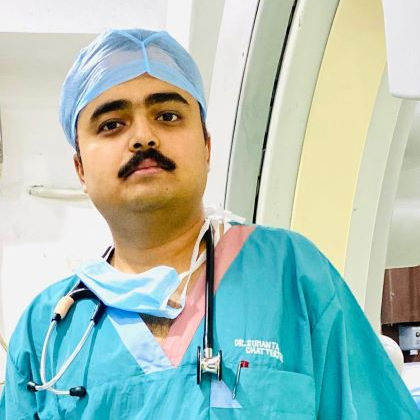
Dr. Sumanta Chatterjee
Cardiologist
12 Years • MBBS,MD General Medicine,DM Cardiology
Kolkata
HealthYou Speciality Clinic & Diagnostics., Kolkata
(25+ Patients)

Dr. Mangesh Danej
Cardiologist
8 Years • MBBS, MD (General Medicine), DNB (Cardiology)
Pune
Dr Danej clinic, Pune
(375+ Patients)
Consult Top Heart Surgeon
Dr. Dixit Garg
Cardiologist
10 Years • MBBS , DNB (General medicine) , DNB (cardiology)
Gurugram
Smiles & Hearts, Gurugram

Dr. Pinaki Nath
Cardiologist
8 Years • MBBS, MD General Medicine, DM Cardiology
Barasat
Diab-Eat-Ease, Barasat
Dr. Sibashankar Kar
Cardiologist
10 Years • MBBS, DNB
Bhubaneswar
Hi-Tech Medical College & Hospital, Bhubaneswar

Dr. Sumanta Chatterjee
Cardiologist
12 Years • MBBS,MD General Medicine,DM Cardiology
Kolkata
HealthYou Speciality Clinic & Diagnostics., Kolkata
(25+ Patients)

Dr. Mangesh Danej
Cardiologist
8 Years • MBBS, MD (General Medicine), DNB (Cardiology)
Pune
Dr Danej clinic, Pune
(375+ Patients)
